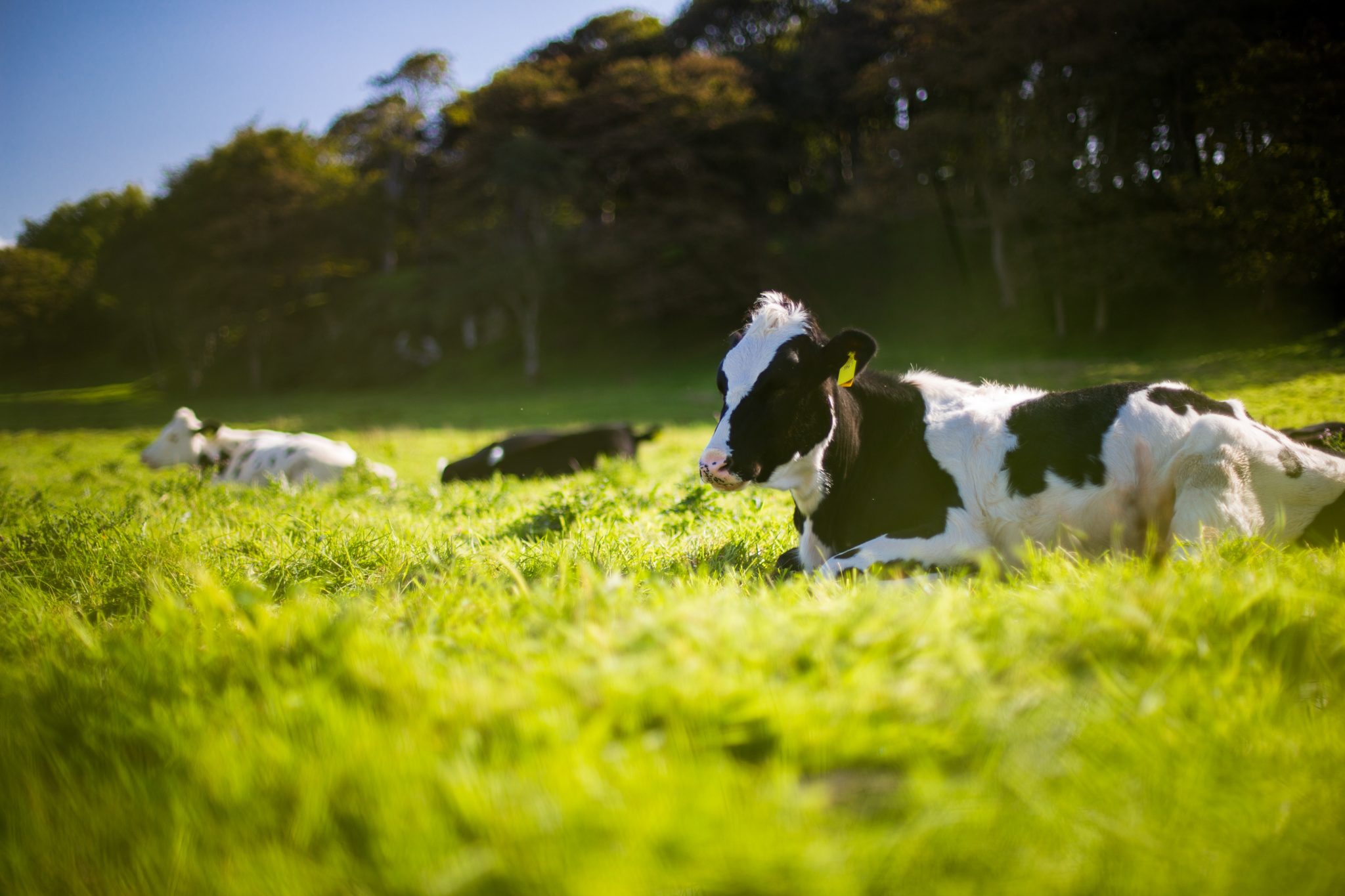A lot of work goes between milking a cow to seeing it on the shelves. It’s a long and tedious process which must be carried out perfectly in order to achieve safe milk. Here’s the step-by-step process to making milk drinkable.
Dairy cows typically spend all their days sleeping, eating and ruminating. In some dairy farms, cows remain in close quarters and are fed grain, hay or silage. In others, cows can wander around the fields and eat fresh grass all day.
Harvesting
Cows are usually milked twice a day, taking around five minutes per cow. The majority of dairy farms use machines for milking cows, acting as a young calf. They create a pulsating vacuum around the teat, which is how the milk is able to be released from the udder. Most dairies have enough machines to milk 15-20 cows at one time. A small portion of dairy farms still milk by hand, this process takes a lot more time and energy.
Storing
Once cows have been milked, it is then stored on the farm for no longer than 2 days in a milk storage vat or silo. These storage solutions are refrigerated and come in various shapes and sizes. Vats and silos are designed to make sure the entire contents remain cold and that the milkfat doesn’t separate from the milk. They are usually kept at 39 degrees. Once the milk has been collected from the vats or silos, they are deeply cleaned – including the pipes which the milk flows through.
Transportation
Every 1-2 days milk is collected from farms. The tankers used have stainless steel bodies which are extremely insulated to keep milk cold during transportation. If the milk isn’t kept at the correct temperature it won’t make it to the shelf. Making sure any transport providers operate under the Dairy Transport Assurance Scheme will ensure food safety requirements and industry best practises are met.
Edwards Transport have a fleet of 40 refrigerated trailers and their transport and distribution extends to both the UK and Europe. Supplying some of the UK’s biggest dairy businesses, they take vehicle hygiene, food safety and quality standards very seriously. After the milk has been collected, it’s transported to factories and stored in silos before processing.
Lab Testing
There are many different samples of milk taken at different stages of the process. Samples of milk are taken at the farm vats and silos prior to transportation. This is done to test for milkfat, protein, bacteria count and bulk milk cell count. Samples are also taken once the milk arrives at the factories, testing for antibiotics and temperature. If the milk doesn’t meet quality standards then it is rejected.
Processing
Once milk has been tested and approved, its pumped into storage silos where it undergoes pasteurisation, homogenisation and separation.
• Pasteurisation
Pasteurisation is the process of heating every particle of milk to a specific temperature for a set time. Then it’s cooled without allowing recontamination.
• Homogenisation
This involves pushing the raw milk through an atomiser to form tiny particles so the fat is dispersed evenly.
• Separation
This is when the milk is spun through a centrifuge to separate the cream from the milk.
Packaging
Now the milk is ready, it travels through pipes to the automatic packaging machines that then seal the milk into plastic jugs or paper cartons. On the assembly line, containers will move down and a date will be printed on each of them to show how long that jug/carton will stay fresh.
At Edwards Transport, they provide transport solutions for liquid milk transport. With over 40 years of experience, they understand that quality and safety is key when transporting milk. To read more about their liquid milk transportation, click here

